
For investors, user growth is one of the most important figures in figuring out a social media company’s long-term viability. On Thursday, Twitter released its latest figures, and the results aren’t encouraging.
Twitter only added 4 million monthly active users in the last three months of 2014, for a new total of 288 million. That’s just a 1.4% increase from the previous quarter, the company’s slowest user growth since at least 2010. And that growth came almost entirely from outside the United States.
Analysts say the number of people who are thumb-flicking their iPhones screens and reading tweets today will determine Twitter’s strength next year. “They need to demonstrate the ability to broaden its user base and become profitable,” said James Gellert, CEO of Rapid Ratings. “Twitter is running out of patience from investors to demonstrate this.”
Still, Twitter CEO Dick Costolo remains optimistic about next quarter’s user numbers, saying on a call with investors Thursday that the company’s “user numbers in January indicate that our monthly active user trend has already turned around.”
Costolo also said Twitter lost 4 million users due to changes Apple introduced in iOS 8 and its Safari mobile browser.
(Read more: Twitter is Pulling Out All the Stops to Wow People Ahead of Earnings)
Despite Twitter’s shoddy user growth, the company’s stock shot up more than 12% in pre-market trading Friday. Why? Revenue growth. Despite bringing in relatively few new users in the fourth quarter of 2014, Twitter saw $479 million in revenue in the same period. That’s nearly double 2013’s revenue figures, coming thanks in part to a hefty growth in ad sales.
The takeaway here? Twitter’s user growth may be slowing, but it’s finding new ways to squeeze more cash out of its existing users — and investors are OK with that.
See What Your Twitter Profile Looked Like Over the Last 10 Years
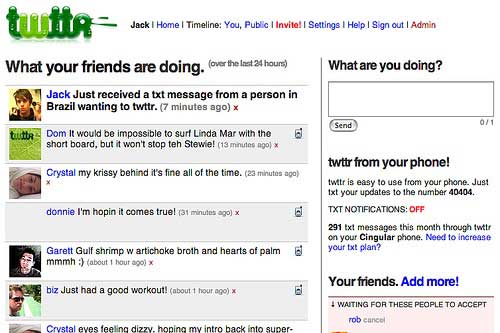

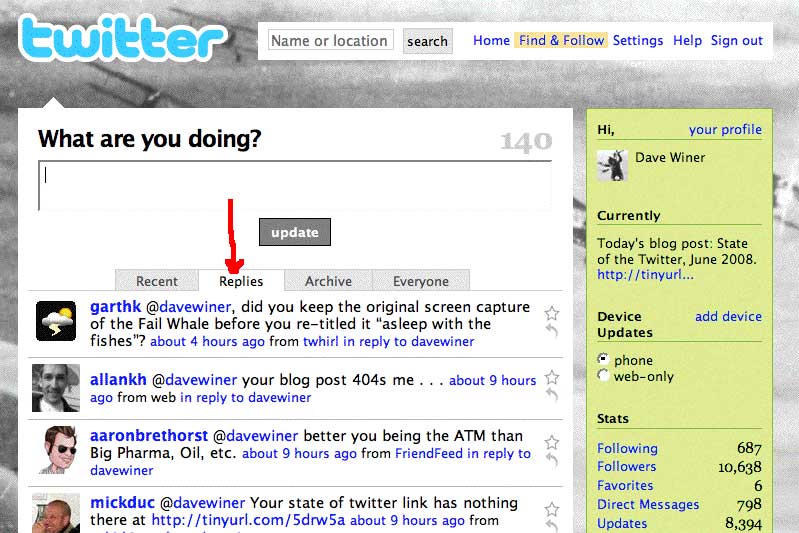
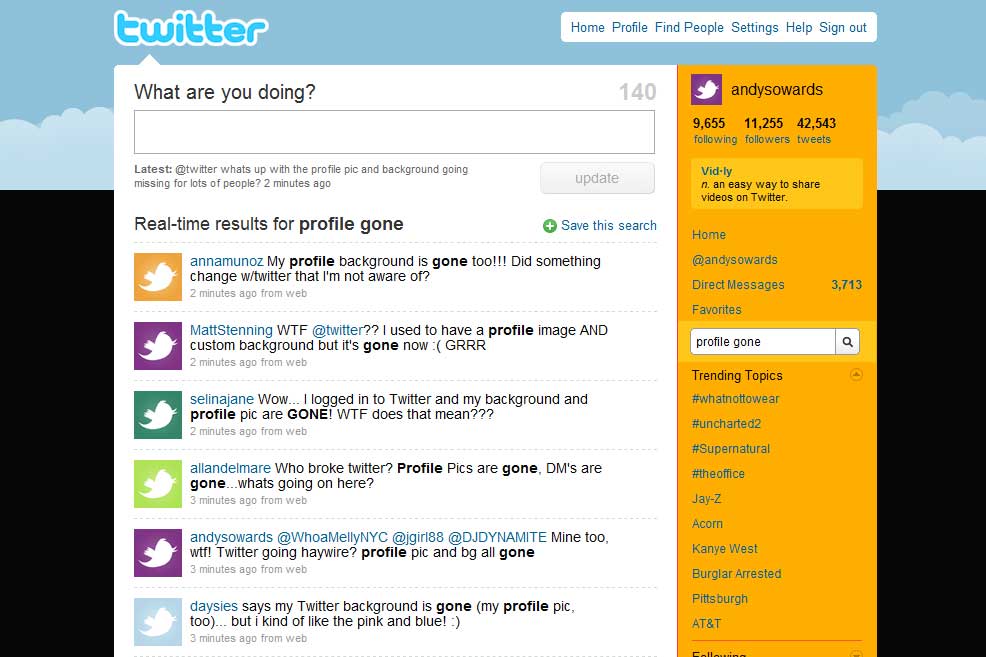
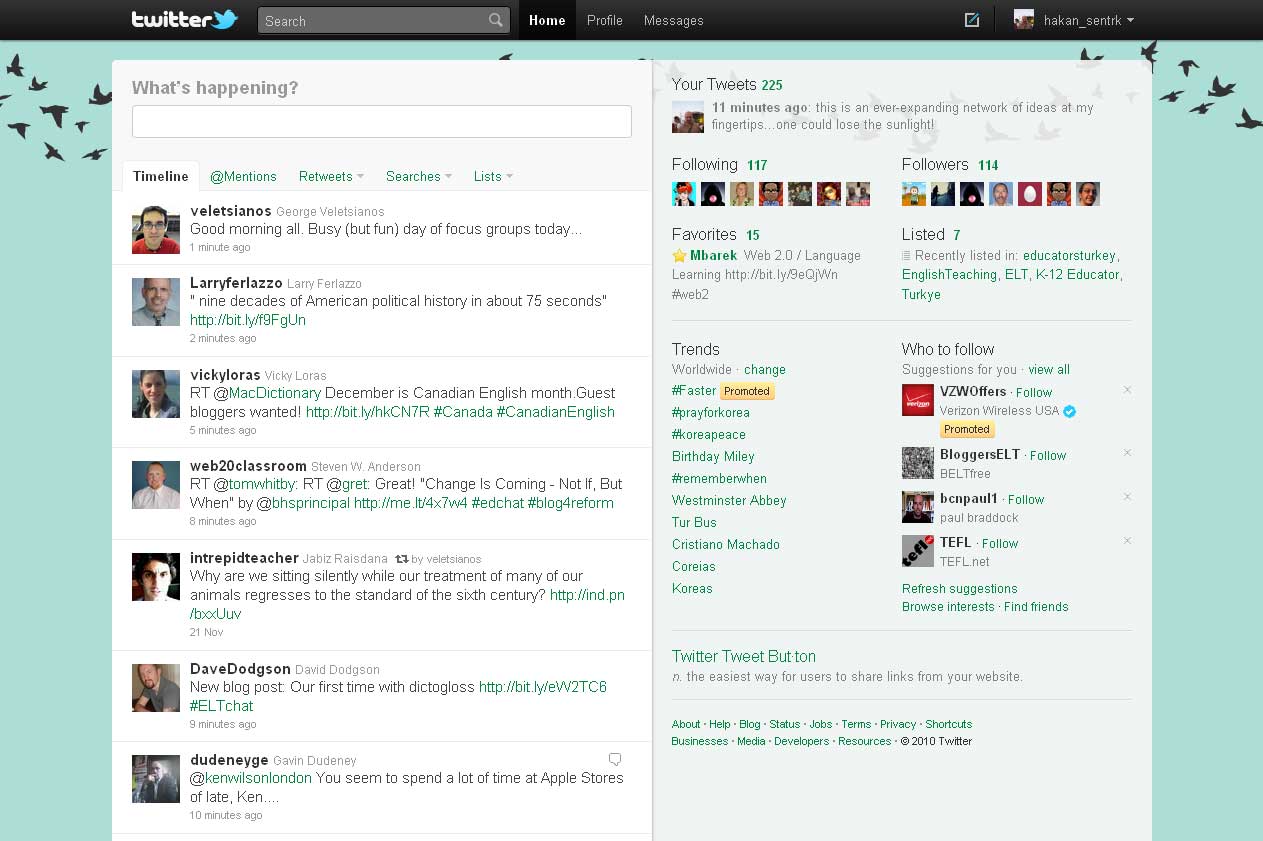
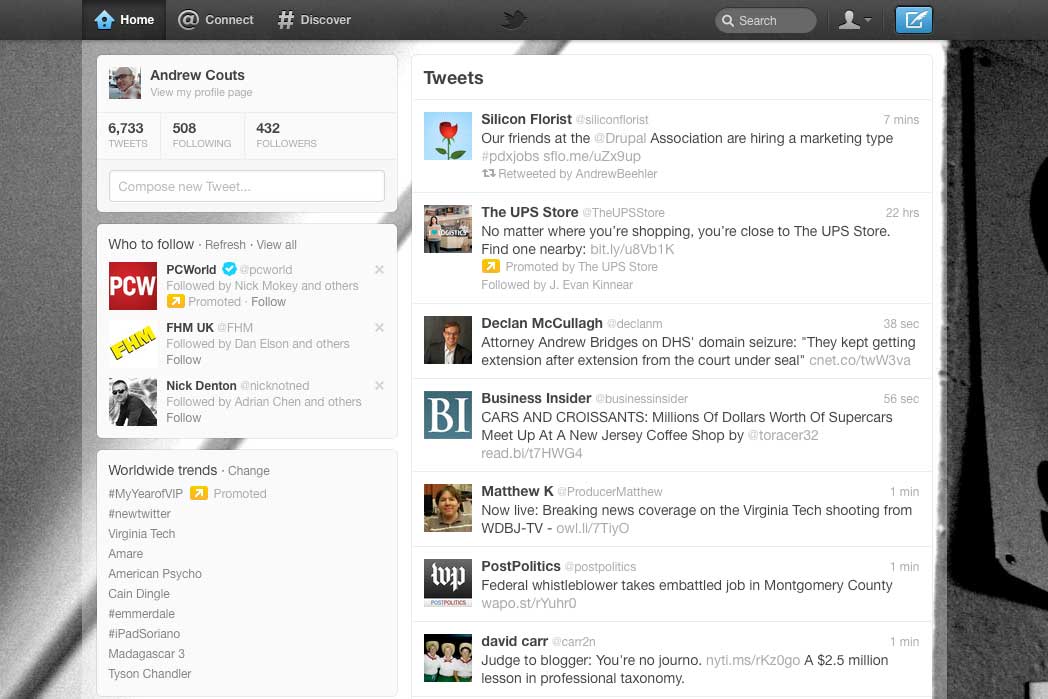

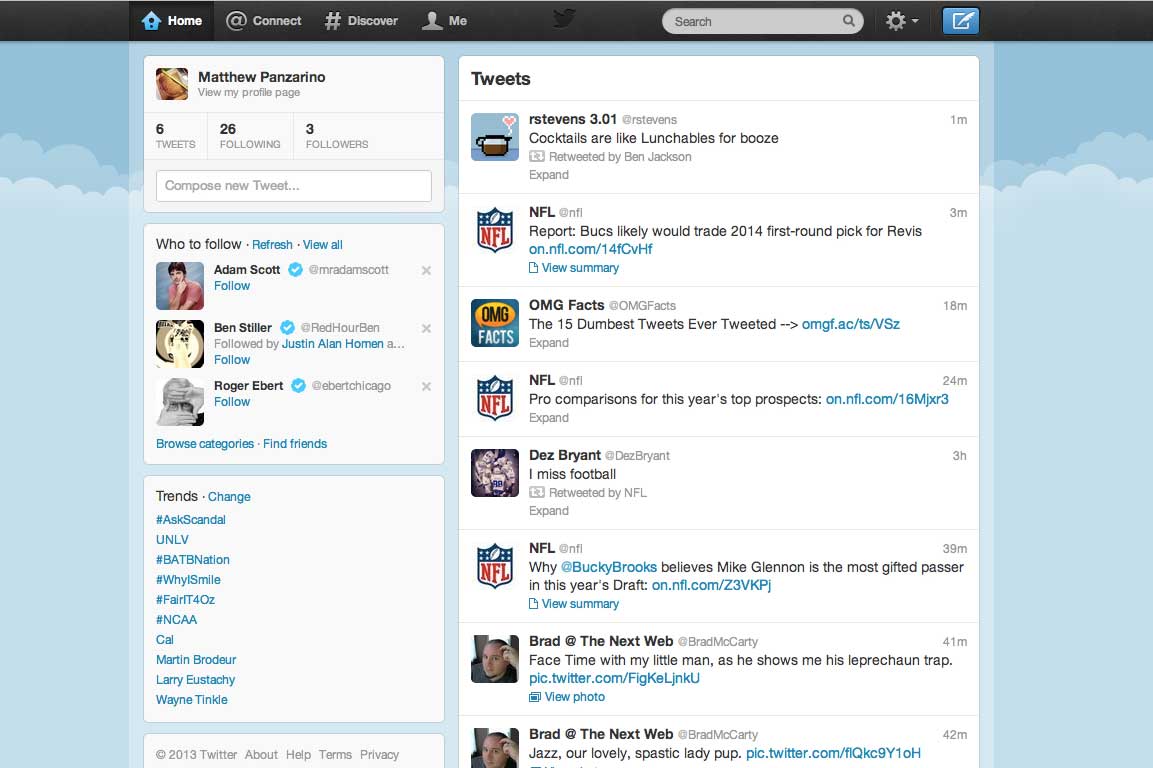
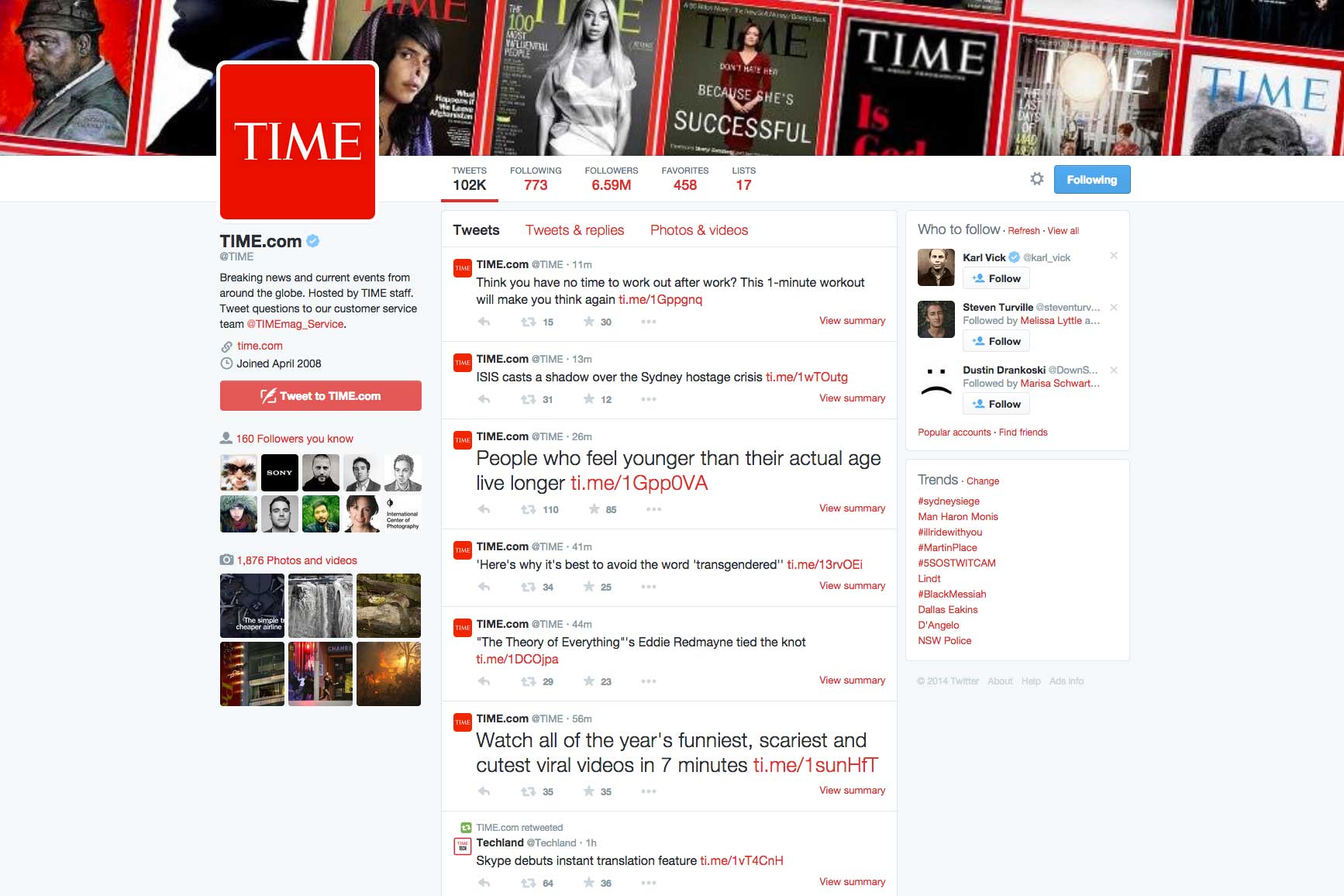
More Must-Reads from TIME
- Why Biden Dropped Out
- Ukraine’s Plan to Survive Trump
- The Rise of a New Kind of Parenting Guru
- The Chaos and Commotion of the RNC in Photos
- Why We All Have a Stake in Twisters’ Success
- 8 Eating Habits That Actually Improve Your Sleep
- Welcome to the Noah Lyles Olympics
- Get Our Paris Olympics Newsletter in Your Inbox
Contact us at letters@time.com